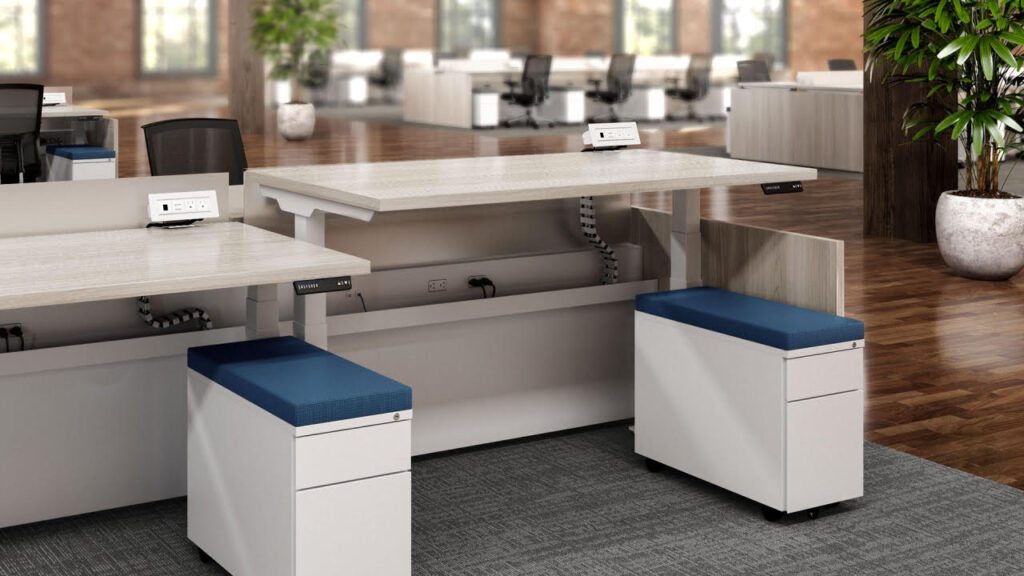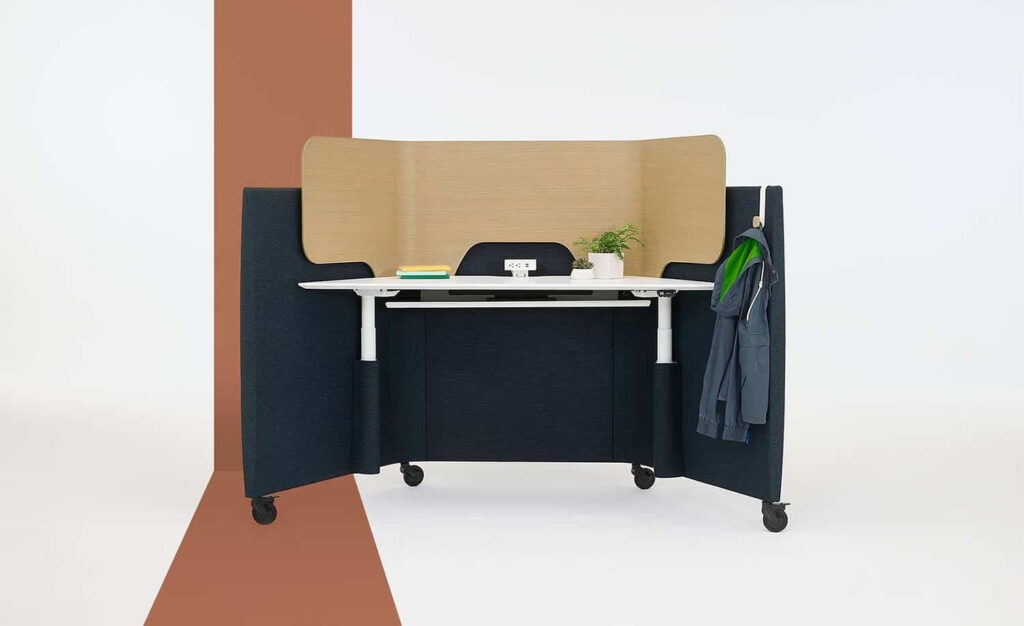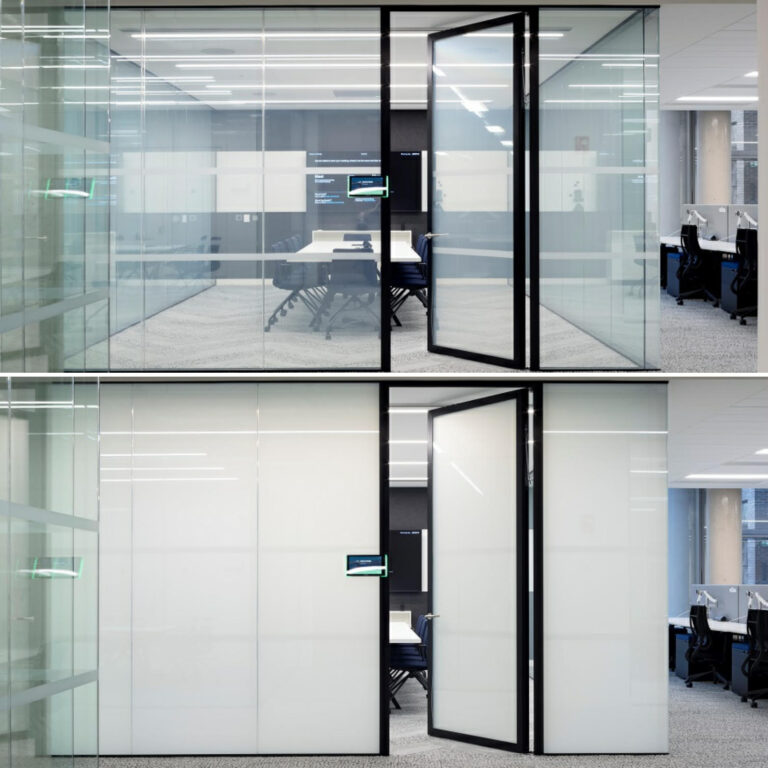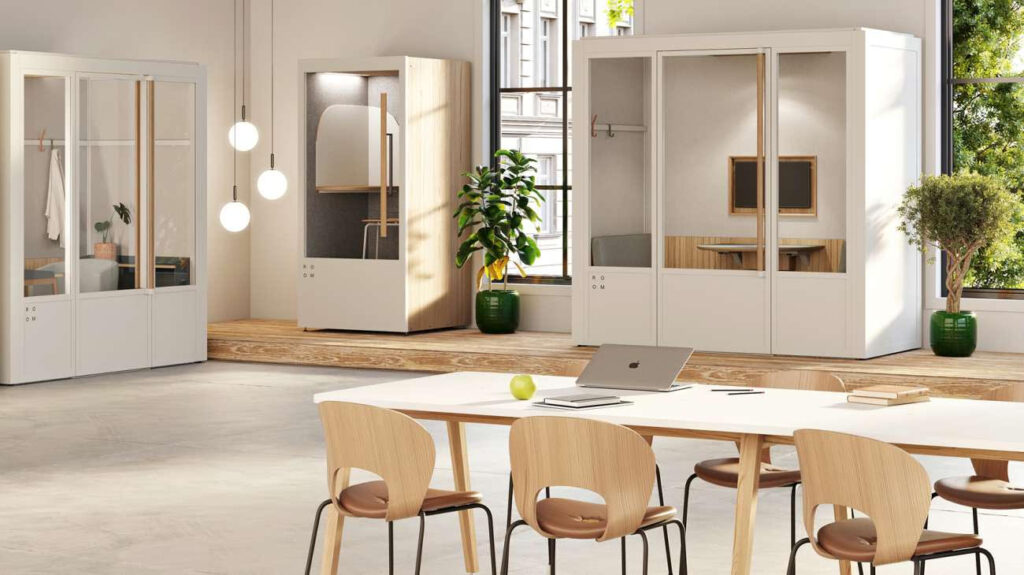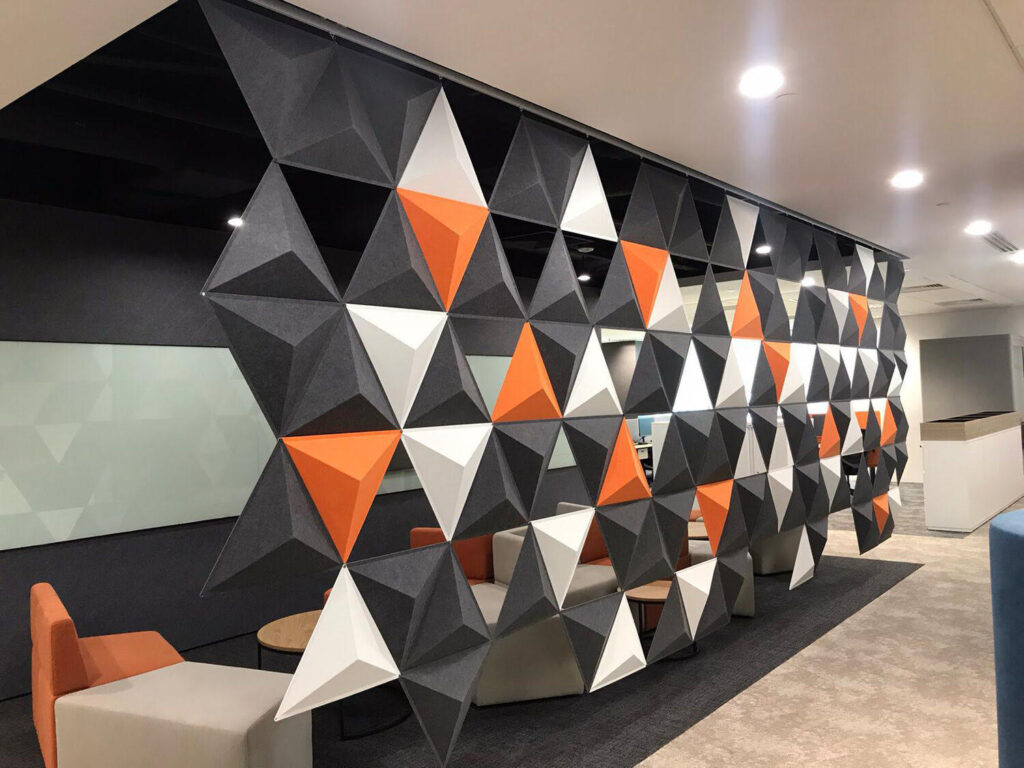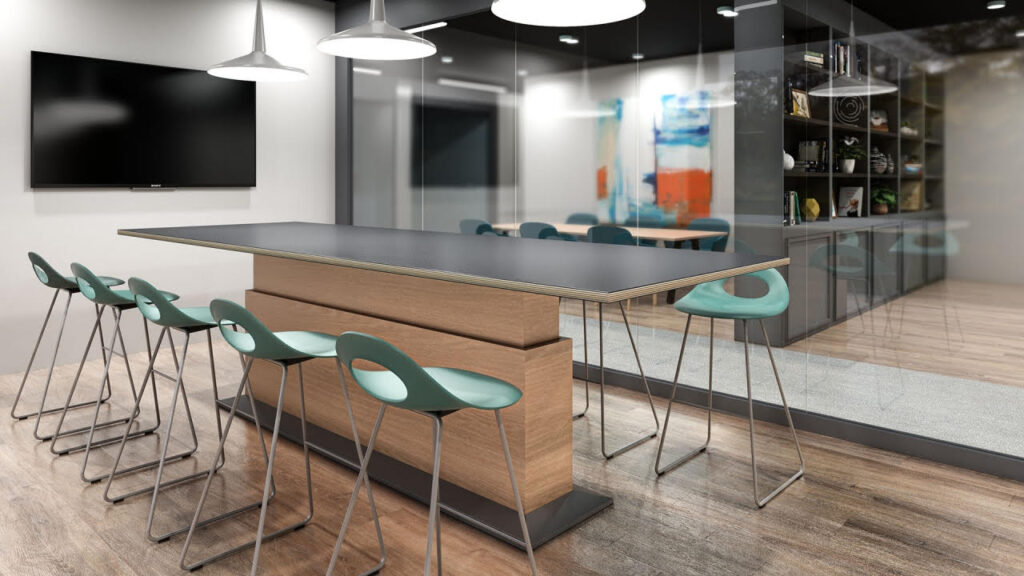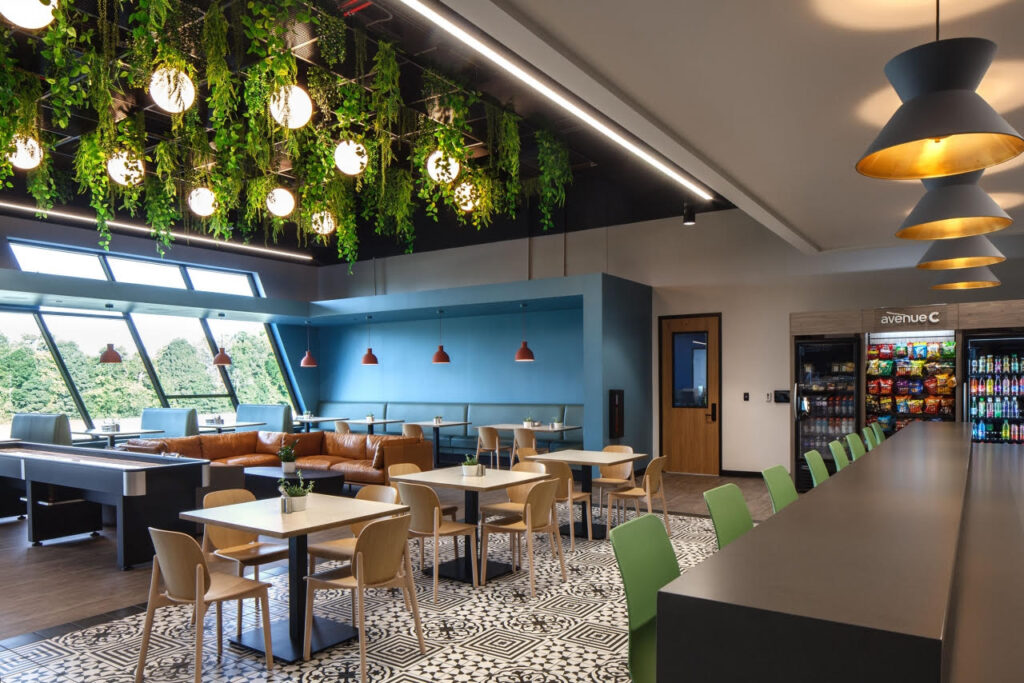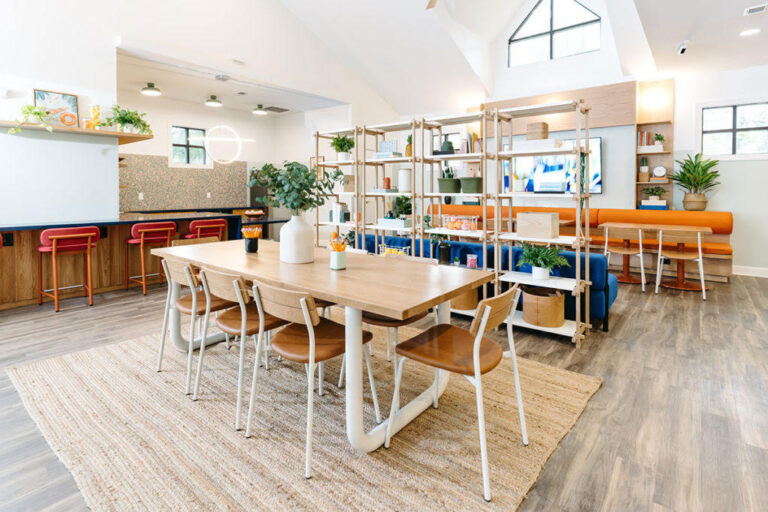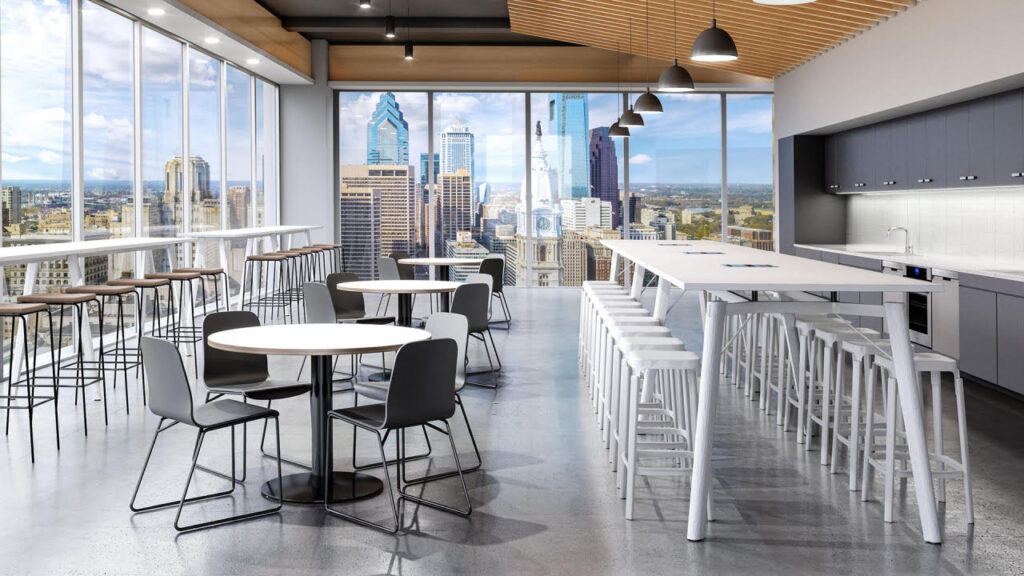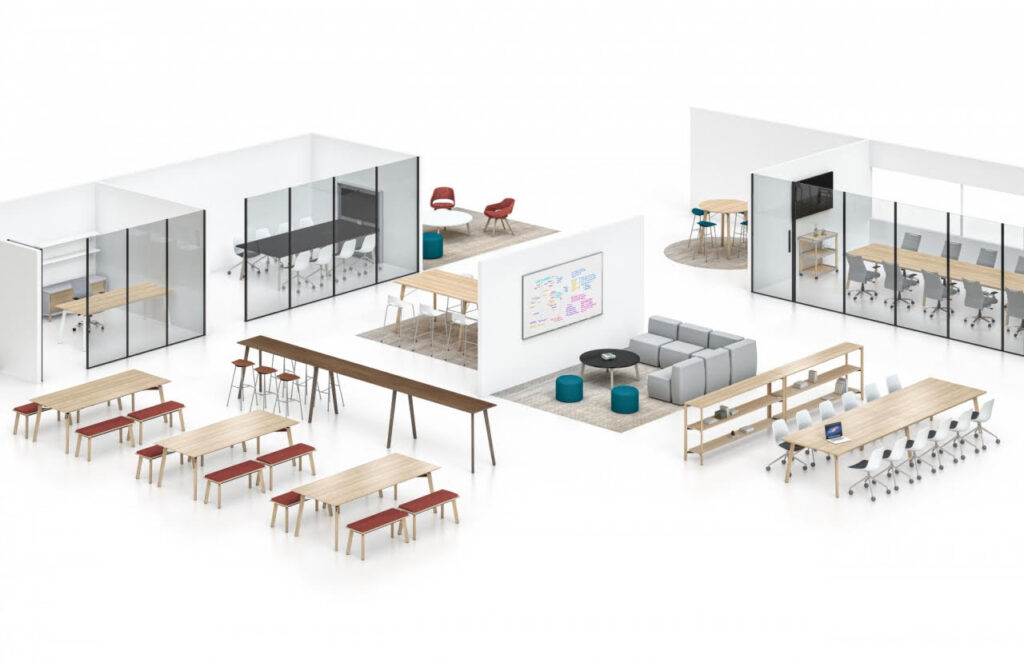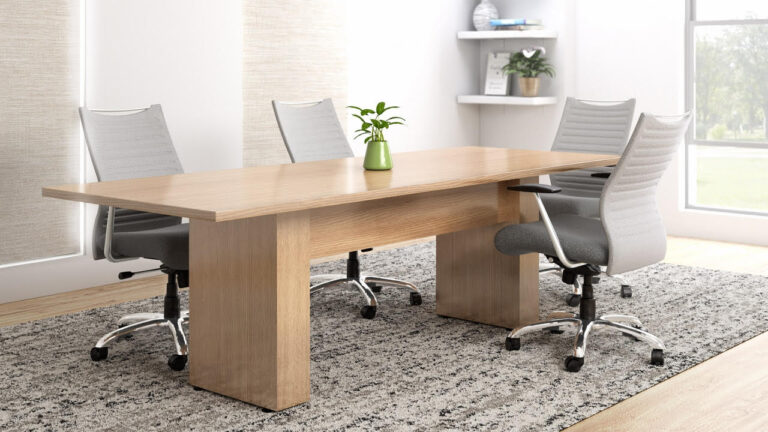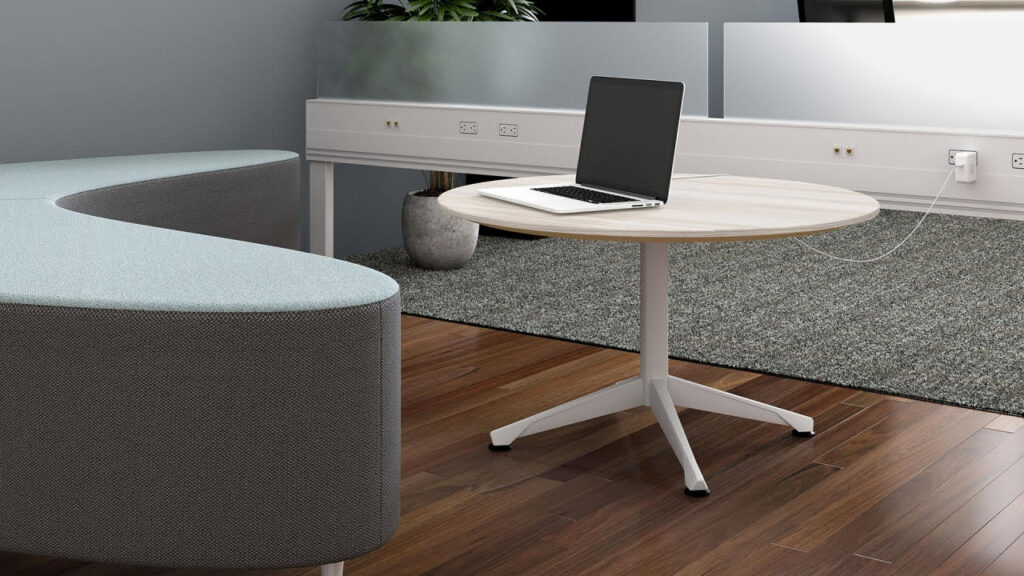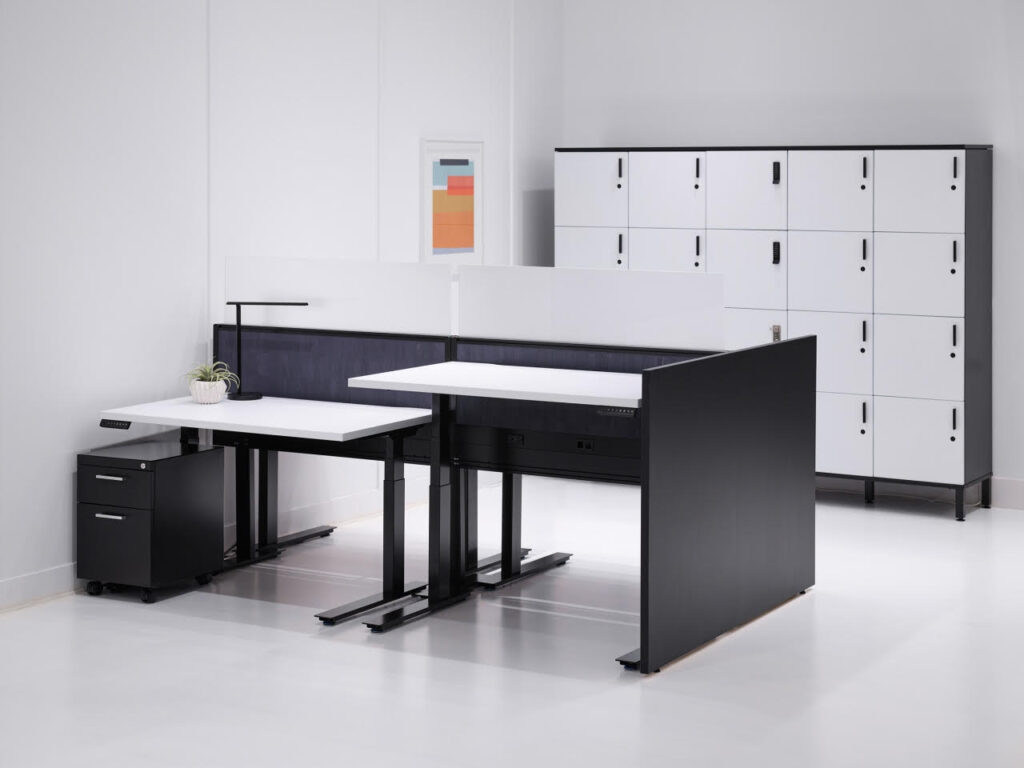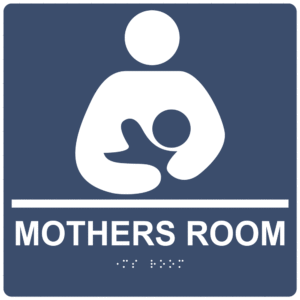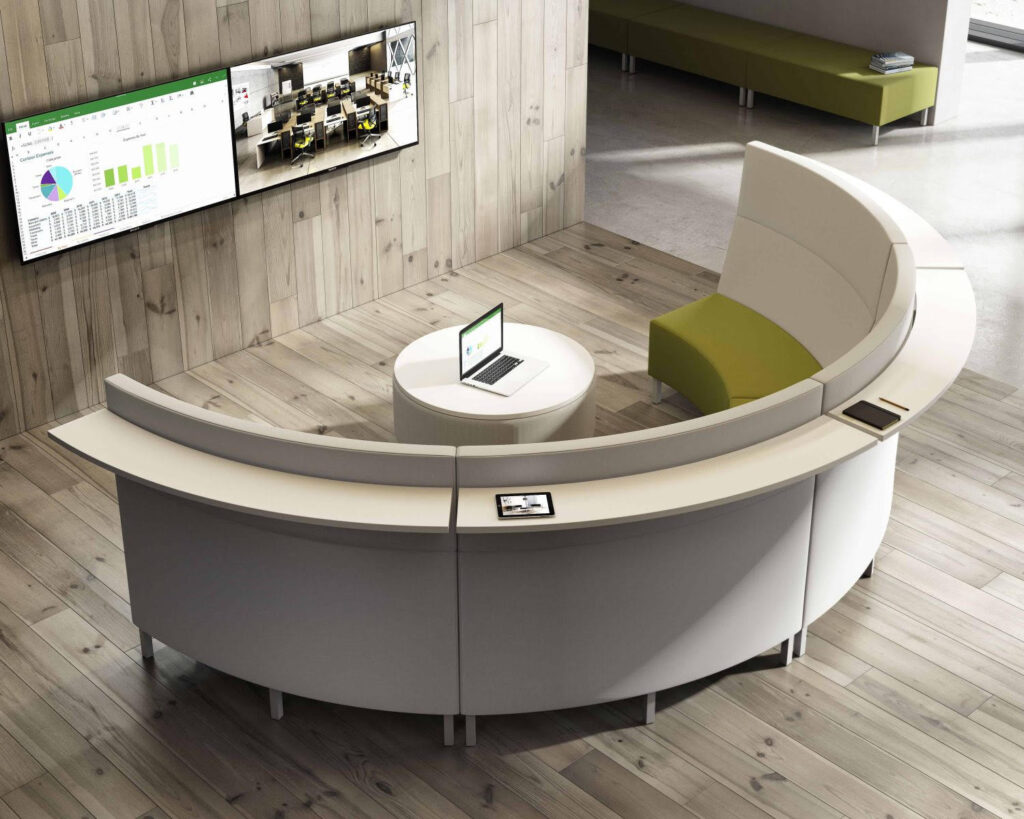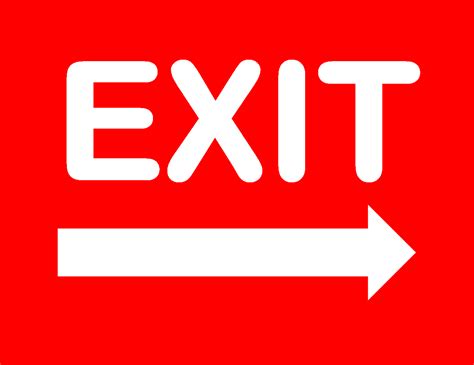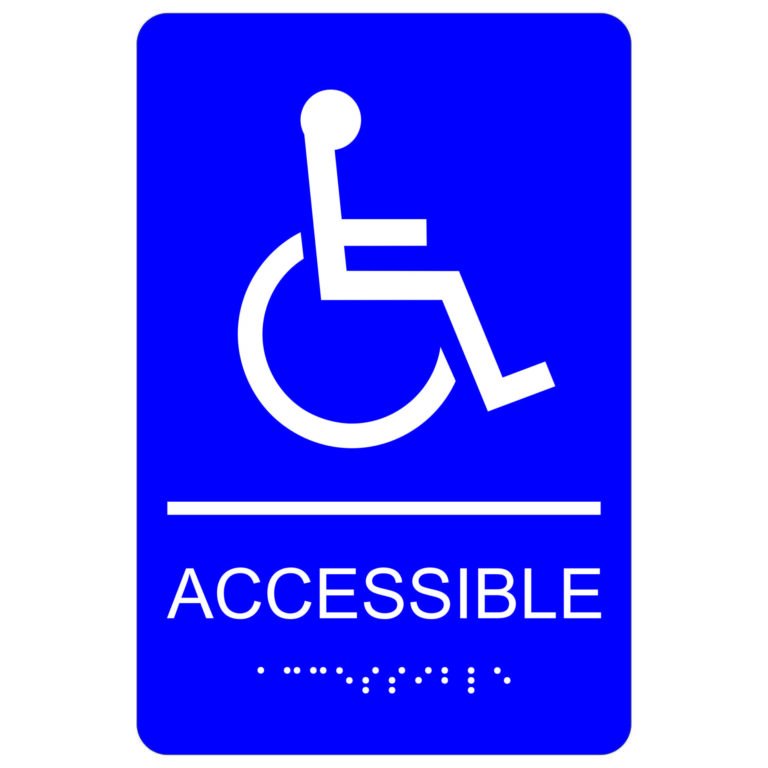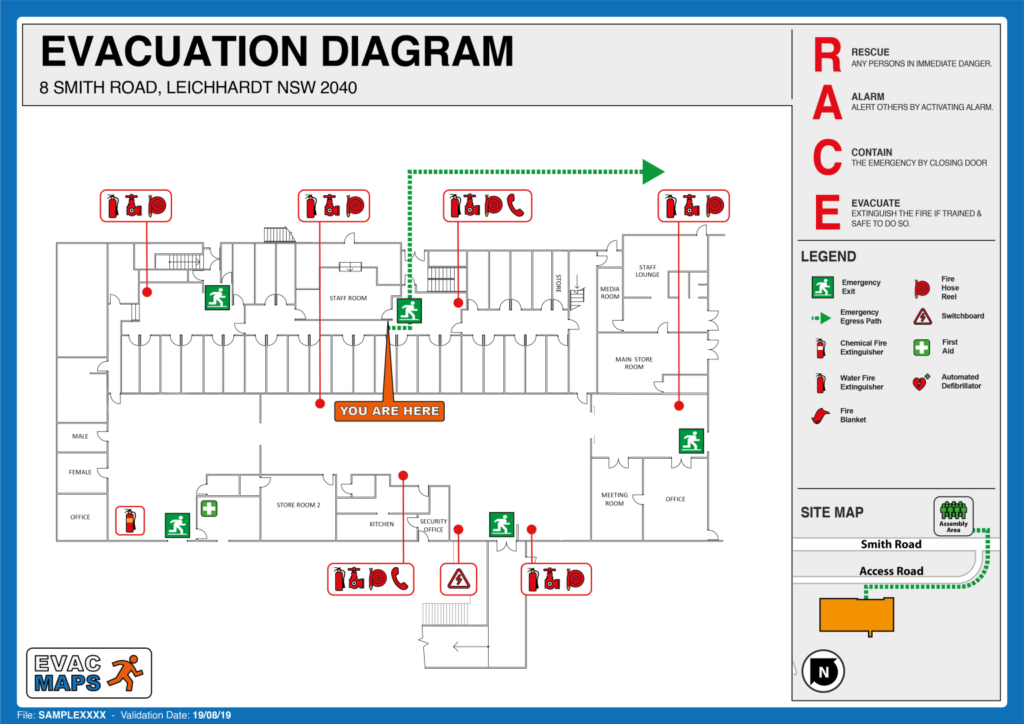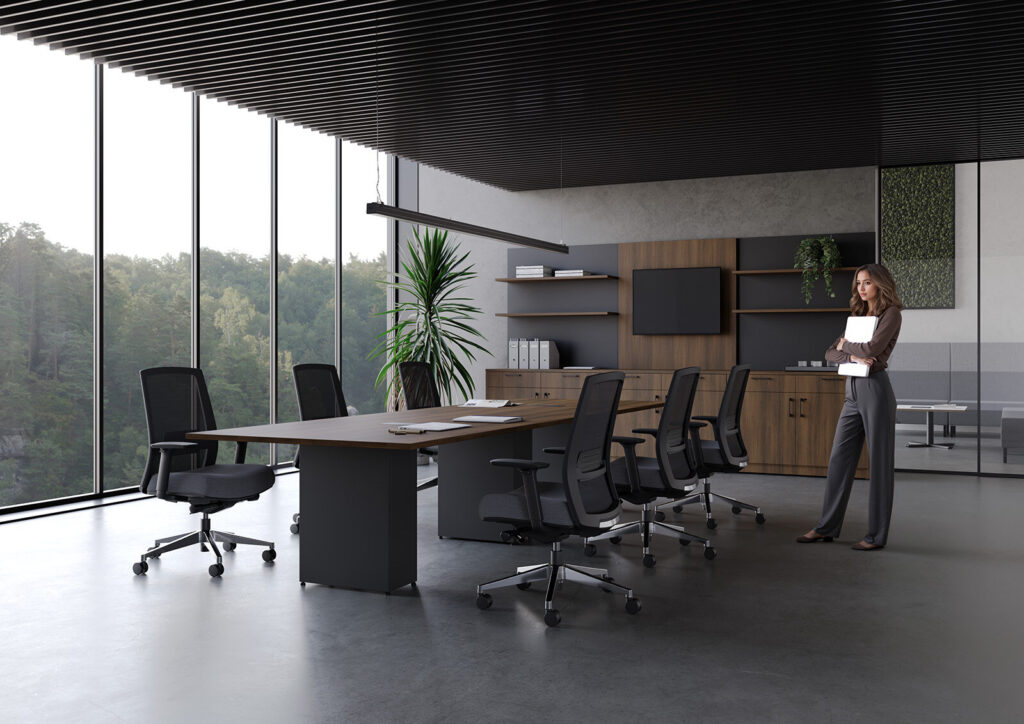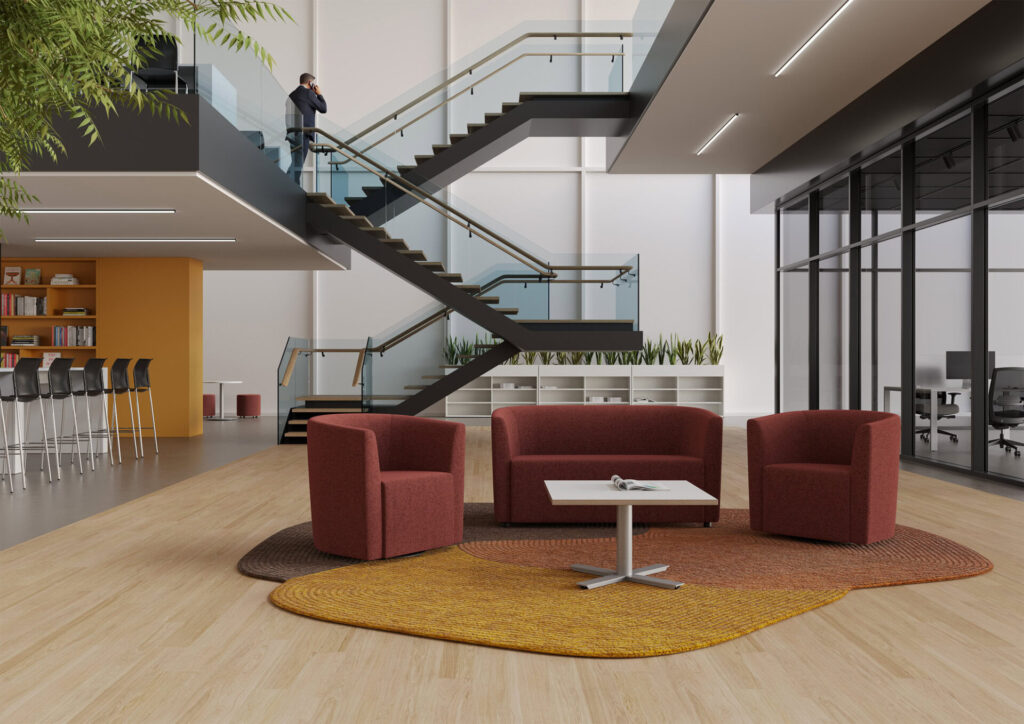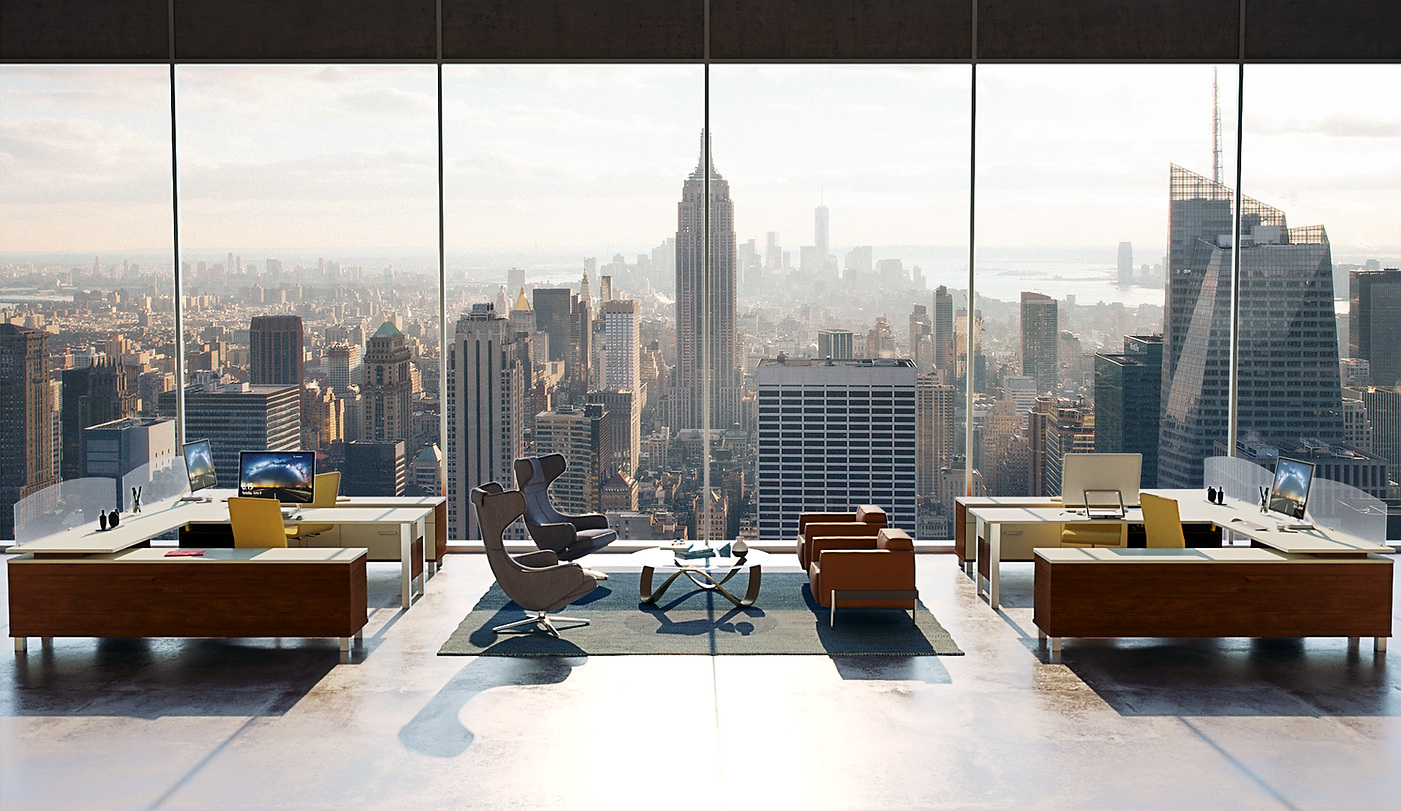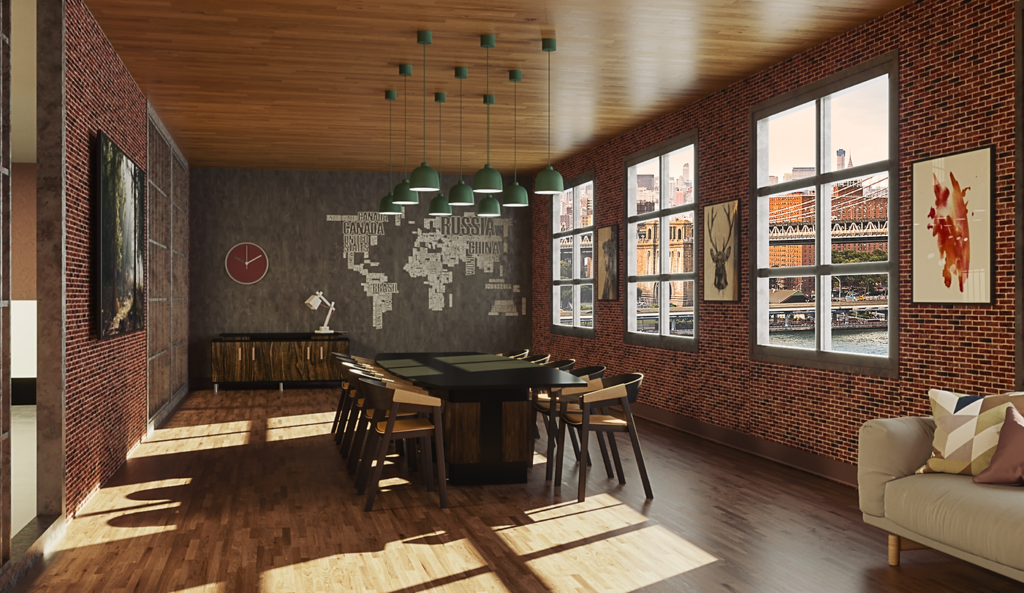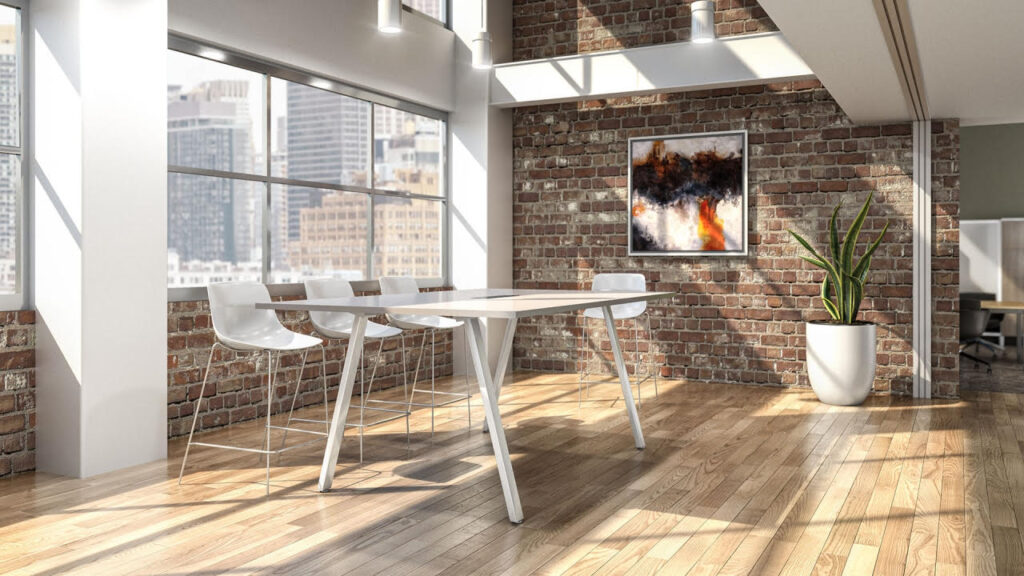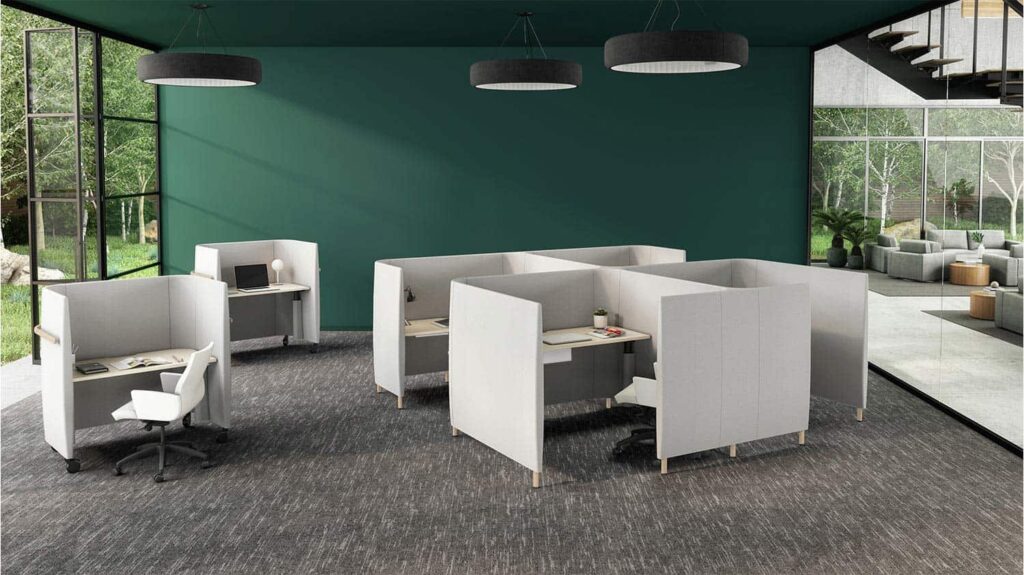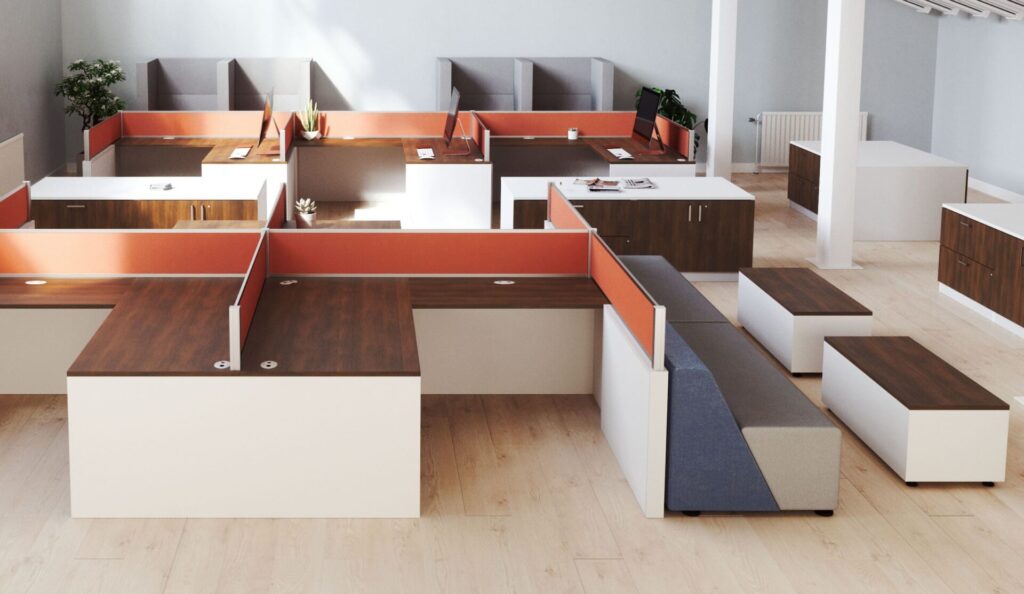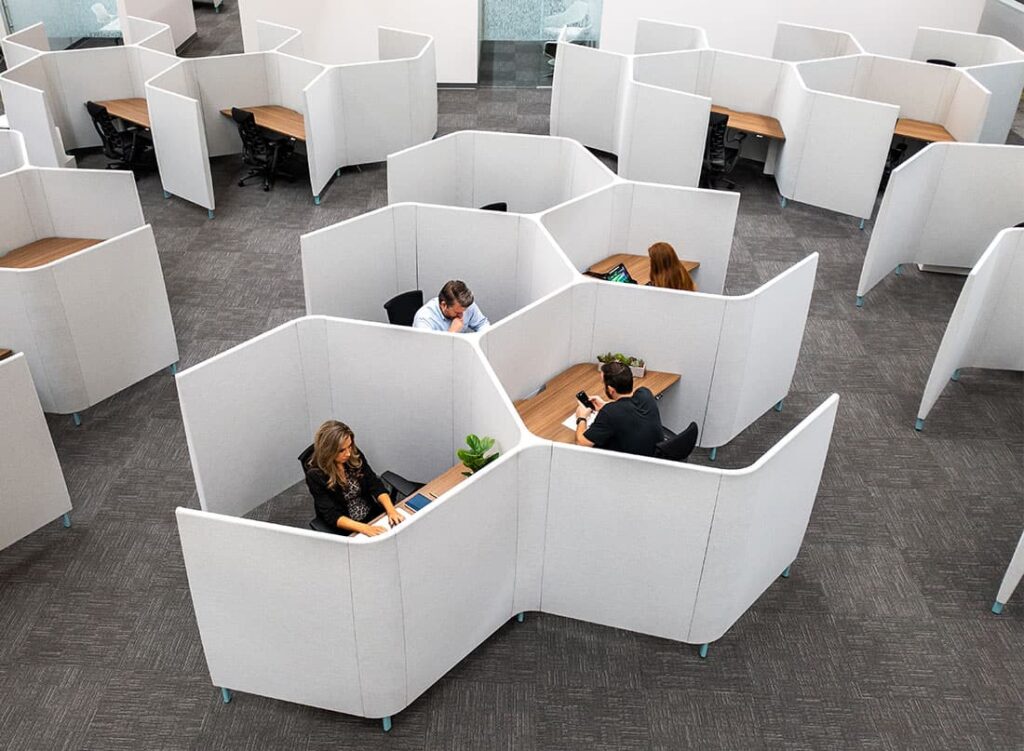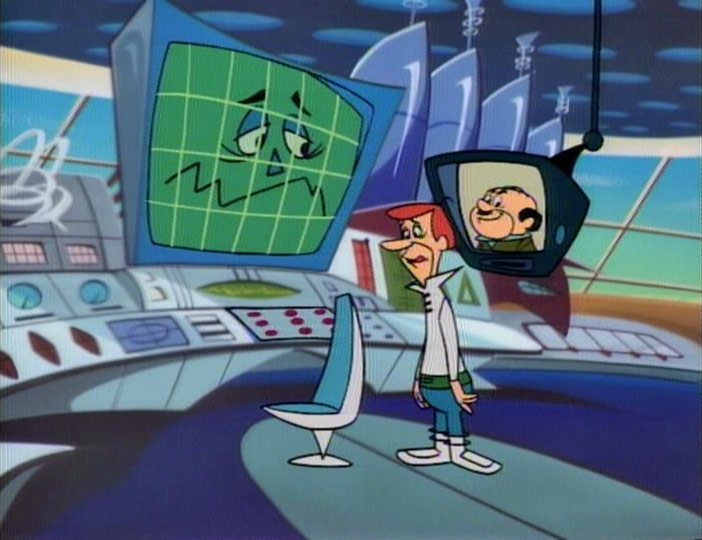6 Office Design Innovations Reshaping Work in 2025
As we move through 2025, the transformation of office spaces continues to accelerate. From smart furniture that adapts in real time to biophilic designs that bring nature inside, today’s workplace innovations are focused on flexibility, sustainability, and wellness. Here’s a look at the office design trends that are shaping how—and where—we work.
Smart Adaptability: The New Normal
Remember when changing your office layout meant a weekend of heavy lifting and lost productivity? Those days are rapidly becoming history. Today’s modular collections have revolutionized how we think about office mobility.
Picture this: a team of marketers needs to pivot from individual work to a brainstorming session. Within minutes, their mobile whiteboards and height-adjustable desks smoothly reconfigure into a collaborative space with integrated power solutions.
“The key is creating spaces that work for everyone, at any time,” note workplace design experts. Modern workstation systems exemplify this philosophy with innovative configurations that transition seamlessly between private and collaborative setups, featuring elements like mobile privacy screens and quick-connect furniture pieces that don’t require tools for assembly.
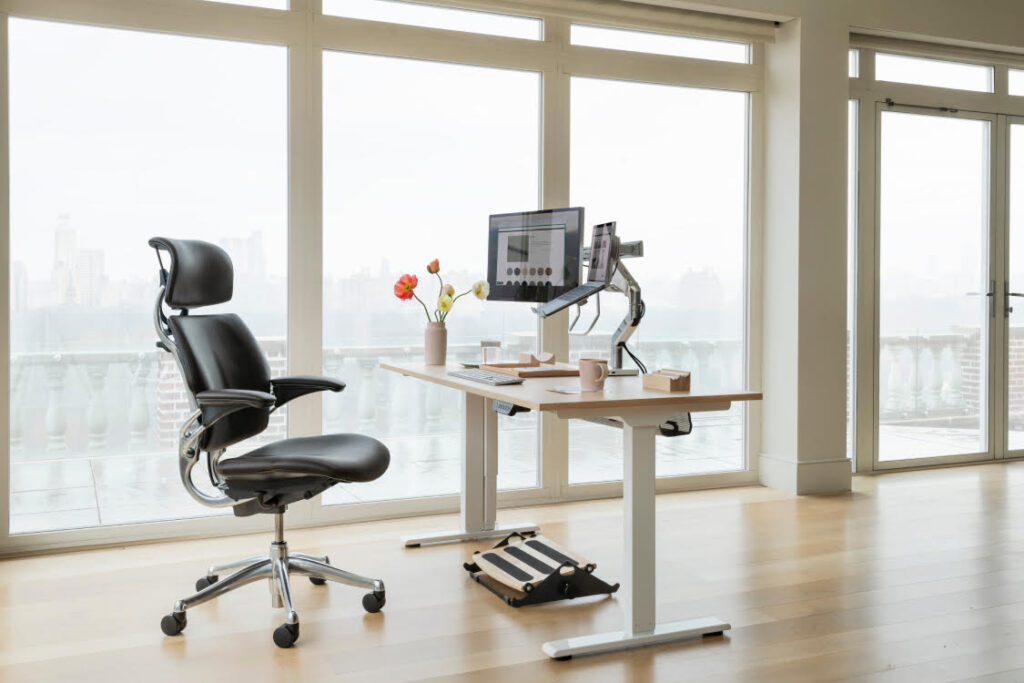
Bringing Nature Indoors
The biophilic revolution isn’t just about adding a few plants to your office space. Today’s furniture actively integrates nature into its design. New desk systems feature self-watering planters built right into their structure. Sound-absorbing room dividers combine acoustic benefits with preserved moss walls, creating natural barriers that soothe and separate.
These aren’t just aesthetic choices. Studies continue to show that natural elements in the workplace reduce stress and increase productivity. Contemporary collections take this further, incorporating raw wood edges and live-edge table designs that make every piece unique, using sustainable materials like cork-based desktop surfaces and bamboo composite frames.
Privacy in the Open Office
As hybrid work patterns solidify, the need for private spaces has evolved beyond simple phone booths. Next-generation privacy pods feature electrochromic glass that turns opaque when occupied and built-in air purification systems.
For small group collaborations, modular meeting spaces offer integrated video conferencing capabilities that rival traditional conference rooms, with automated booking systems and LED status indicators.

The Wellness Revolution
If your office chair isn’t protecting your health, it’s time to upgrade. Modern ergonomic seating has sensors that gently remind you when you’re slipping into poor posture habits. Advanced materials use temperature-regulating mesh that adapts to your body heat, ensuring comfort during long strategy sessions.
Perhaps most impressively, new active seating introduces micro-movement technology that promotes dynamic sitting without distracting from work. Think of it as a gentle reminder to stay mobile, even during intense focus periods. Antimicrobial fabrics and phase-change materials enhance comfort and hygiene.
Tech Integration: Beyond Power Outlets
Today’s collaborative furniture does more than provide a surface for your laptop. Modern conference tables feature retractable displays and wireless charging capabilities, while integrated seating includes power, data, and display options. These aren’t just conveniences – they’re productivity multipliers that eliminate the traditional scramble for charging ports and display adapters.
Sustainability Meets Style
Environmental consciousness has moved from a nice-to-have to a must-have in office furniture design. New workstation systems demonstrate this shift perfectly – with fully disassemblable components where every piece can be replaced or recycled. Ocean plastic components, mycelium-based acoustic panels, and bio-based upholstery foams are becoming industry standards rather than exceptions.
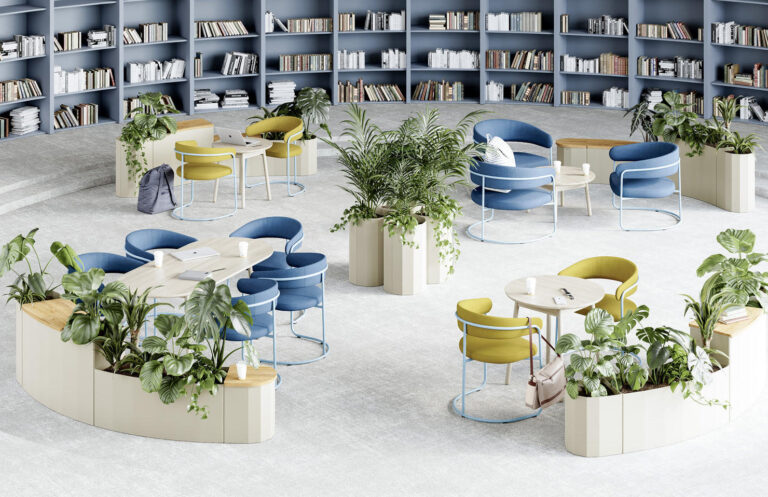
Sound Solutions for the Modern Office
The challenge of managing acoustic privacy in open plans has led to innovative solutions like modular acoustic panels that create both visual and sonic privacy zones. Free-standing acoustic enclosures offer instant focus spaces anywhere in the office, featuring multi-layer sound absorption materials and integrated white noise generation.

What This Means for Your Office
Whether you’re upgrading a few key areas or planning a full redesign, these innovations offer practical ways to improve employee experience and productivity. Consider piloting new pieces or layouts in phases, and prioritize adaptable, sustainable systems that can grow with your team.
“The Flexible Future”
In 2025, the office is no longer just a place,
It’s a dynamic space where flexibility takes its place.
Gone are the days of rigid, static design,
Now furniture adapts, seamless and fine.
Modular collections lead the charge,
Turning each desk, each chair, into something large.
A room that shifts with just a few moves,
From private focus to group sync, it proves.
Mobile whiteboards, desks that adjust with ease,
Collaborative spaces that flow like the breeze.
No more lifting, no more rearranging,
Just quick connect, and space is changing.
Nature’s touch is woven through every plan,
From desks with planters to moss walls so grand.
Biophilic design is more than a trend,
It’s a way to reduce stress, and productivity extend.
Self-watering plants built into the frame,
Live-edge tables, raw wood’s wild claim.
Sustainable surfaces like cork and bamboo,
Transform the office into something new.
Privacy, once lost in open air,
Now finds its place with more care.
Electrochromic glass that turns opaque,
Private spaces, with comfort at stake.
Air purifiers, sound and vision in tow,
Next-gen privacy pods create a perfect flow.
No more distractions in the hybrid age,
Just the right space, no matter the stage.
Ergonomics evolve, taking health to heart,
Chairs with sensors, alert from the start.
Temperature-regulating materials, divine,
Ensuring comfort through every line.
Active seating that moves with you,
Encouraging shifts, without the view.
Micro-movements keep you in motion,
Promoting health without a notion.
Tech integration, more than just power,
Conference tables that charge every hour.
Wireless displays and seats with more,
Eliminating the scramble for ports galore.
Sustainability now leads the way,
Office furniture made to last and sway.
Disassemblable parts, recycled with care,
Ocean plastic, mycelium, in every chair.





